FIFA World Cup 2026: United in Football, Divided by Borders
A New Era for the World Cup
Quick Facts:
- Dates: June to July 2026
- Host Countries: United States, Canada, and Mexico
- Number of Teams: 48
- Total Matches: 104
- Host Cities: 16
- Expected Attendance: Over 5 million
- Defending Champion: Argentina (2022)
World Cup 2026 Host Cities and Stadium
Host 1: CANADA
Canada’s first exposure to international football came when it created the Dominion Football Association (1877) and the Western Football Association that led to the formation of the Canadian Soccer Association (1912).
Canada beat the United States, 1-0, at an unofficial friendly in East Newark, New Jersey, on November 28, 1885. The Les Rouges (The Reds) first qualified for the FIFA World Cup in 1986 before repeating the feat in 2022. They placed 24th in 1986 and 31st in 2022.
The Canadian Premier League opened in 2019, which was used as a platform for domestic talents and honing them to be pros and boost Canada’s football infrastructure.
Canada took the lead at the CONCACAF qualifiers in 2022, where the Les Rouges set records for most scored and the fewest conceded by a team.
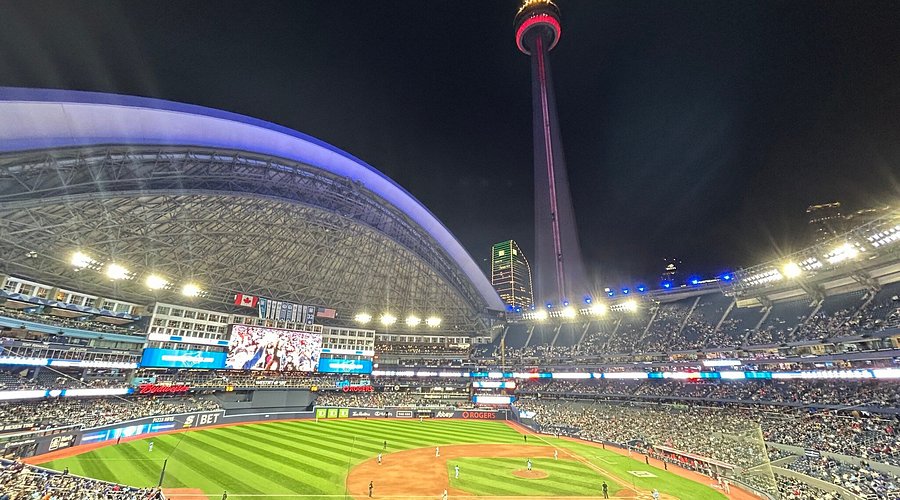
Toronto
Toronto’s first exposure to football came when its first documented match was played in the city in 1861. The Toronto Argonauts was formed in 1873 and was revered as one of the oldest professional sports clubs in North America. They’ve won a record 19 Grey Cups.
The Toronto Phantoms featured in the Arena Football League, where they played in 2001 and 2002. The Toronto FC first joined Major League Soccer (MLS) in 2007, becoming Canada’s first team in the league. They won the MLS Cup in 2017 to boost football’s popularity in Toronto. Toronto went on to host the 2007 FIFA U-20 World Cup and several matches at the 2015 Pan American Games.
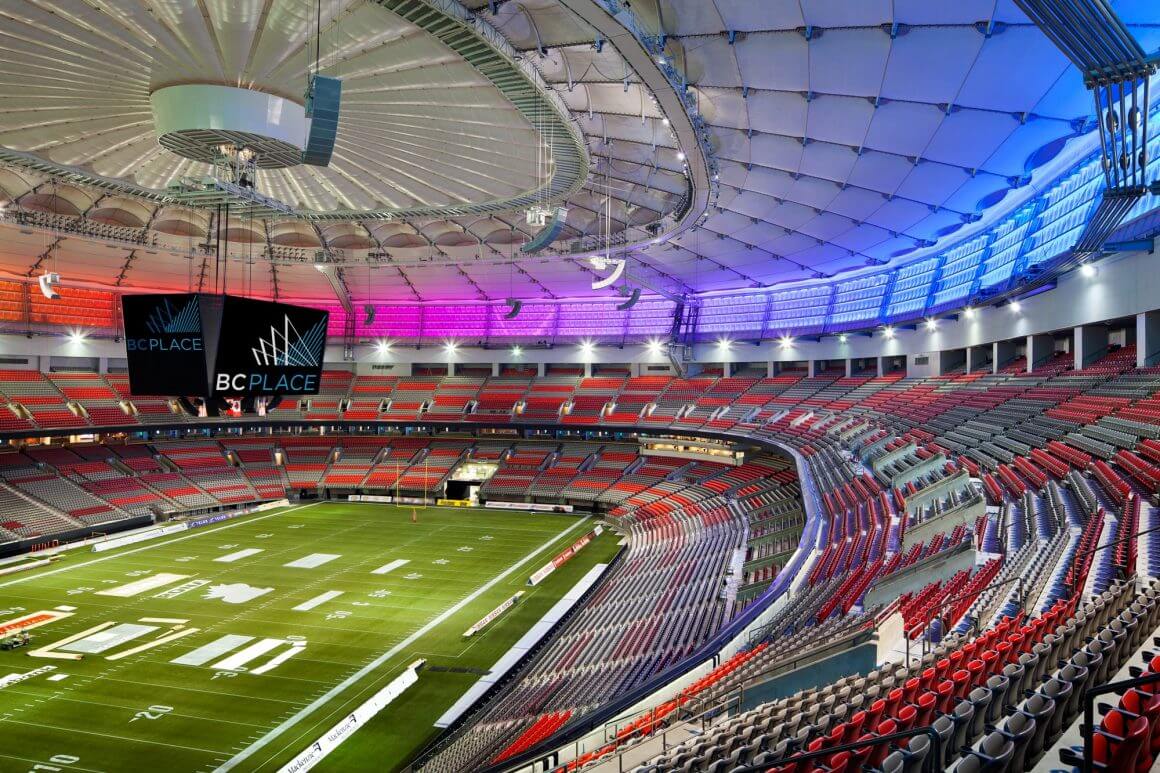
Vancouver
Vancouver’s first exposure to football came with the formation of the first provincial football association in Canada in 1949. That group led to the formation of the Youth Soccer Association (VYSA).
The Vancouver Whitecaps was established in 1974, where they played in the NASL (North American Soccer League) for 10 seasons. They would win their first NASL Championship in 1979 to become the first professional sports team in Vancouver to win a major North American title.
The BC Place stadium first opened in 1983 before it was renovated in 2011. With a seating capacity of 54,500, it has hosted major events from the 2015 FIFA Women’s World Cup Final to Vancouver Whitecaps FC matches.
Host 2: MEXICO
Mexico was first exposed to international football when its national team played against Guatemala in 1923
Mexico showed its capability in hosting major football tournaments after it staged the FIFA World Cup in 1970 and 1986 before its upcoming co-hosting of the tournament in 2026.
The El Tri went on to make its World Cup debut in 1930 and reached the quarterfinals when it hosted in 1970 and 1986
Mexico has won 14 CONCACAF titles, including 12 CONCACAF Championship/CONCACAF Gold Cup titles
Mexico won the 1999 FIFA Confederations Cup and the 2012 Olympic football tournament
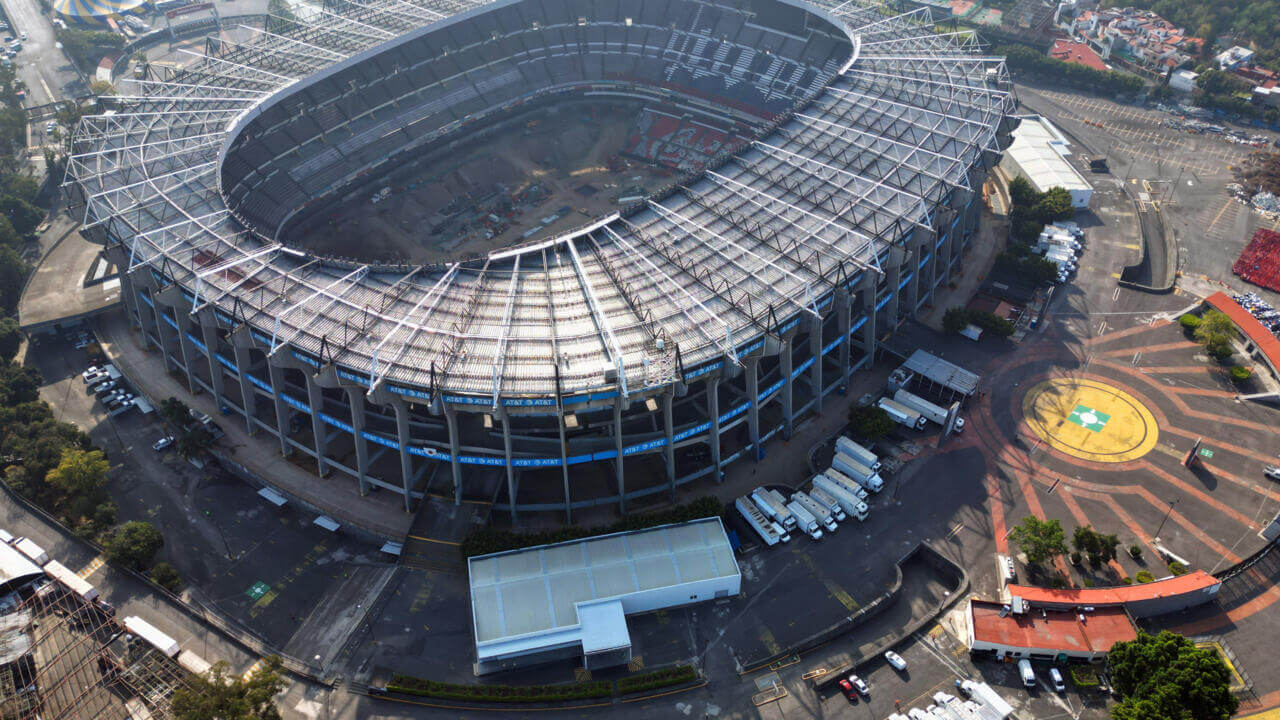
Mexico City
Mexico City may have a storied football history, but it first received acclaim when it hosted the FIFA World Cup in 1970 and 1986.
The “Hand of God and “Goal of the Century” by Argentina legend Diego Maradona was witnessed by hundreds of fans at Estadio Azteca in Mexico City in 1986.
Estadio Azteca emerged as a monumental football venue in the sport’s history after its two World Cup final hostings.
Mexico City is home to popular football clubs from Club America to Cruz Azul, and UNAM Pumas, forging local rivalries among its locals.
Estadio Azteca has been tapped as one of of the host venues under Mexico for the 2026 FIFA World Cup, leading to planned major renovations to enhance its facilities and boost fans’ experience.
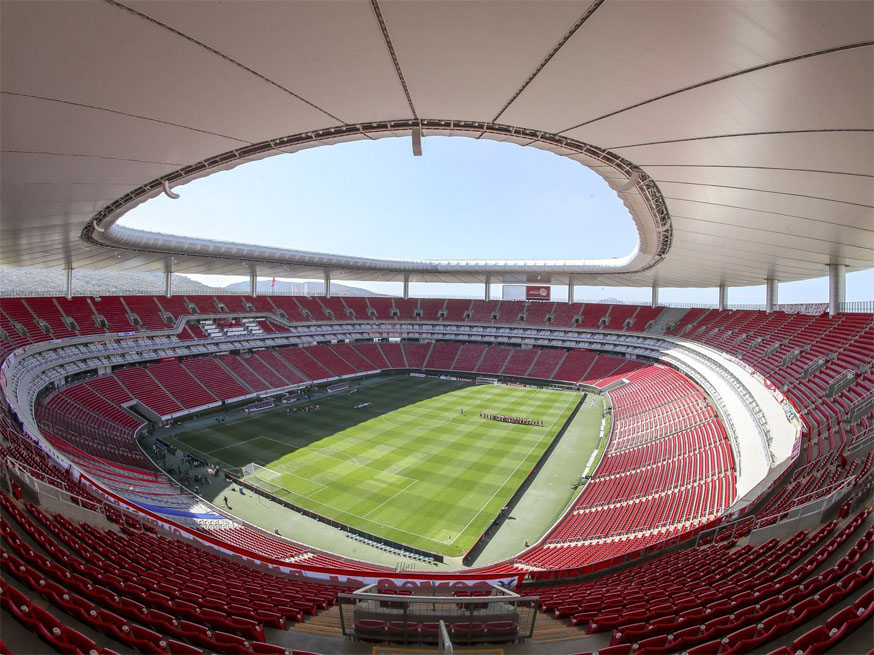
Guadalajara
Guadalajara is home to Club Deportivo Guadalajara S.A. de C.V., also known as Chivas, which was founded on May 8, 1906. Guadalajara is also home to the Classico Tapatio, acknowledged as the oldest football rivalry in Mexico featuring Chivas and Atlas since 1916.
The city inaugurated Estadio Jalisco in 1960, before it hosted matches for the 1970 and 1986 FIFA World Cups, as well as matches of the Brazilian national team.
The city was also the location of Estadio Akron, which opened in 2010 that features a capacity of approximately 49,813 and is more known as the home venue of Chivas. Guadalajara has proven its capability of hosting major international tournaments ranging from the 2010 Copa Libertadores final to the 2011 Pan American Games.
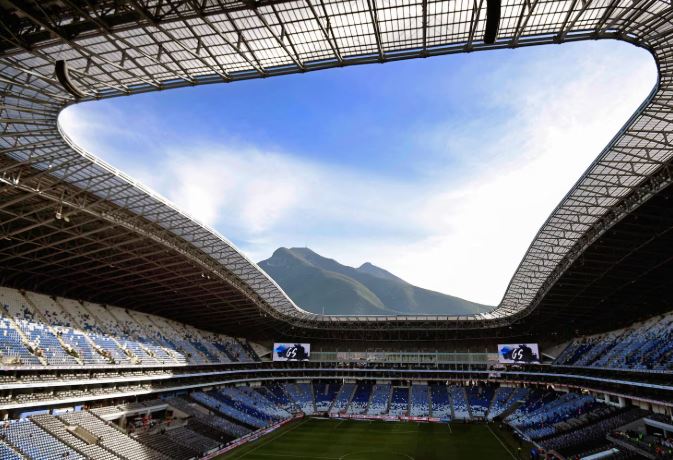
Monterrey
Monterrey was first thrust into football consciousness with the creation of C.F. Monterrey (Rayados). Founded in 1945, Rayados is considered as one of Mexico’s oldest football clubs and represents the industrial city. Monterrey went on to play and win multiple Liga MX titles as well as five CONCACAF Champions League wins, most recently in 2011.
Monterrey also played host to Tigres UANL, which was founded in 1960 and has been affiliated with the Universidad Autónoma de Nuevo León.
The city was also chosen to host some matches during the 1986 FIFA World Cup at Estadio Tecnologico and Estadio Universitario, where it welcomed teams from England, Portugal, Morocco, and Spain.
Home to Estadio BBVA, which opened in 2015. Nicknamed “El Gigante de Acero” with a capacity of 53,500.
Host 3: United States
The United States may be a country known for baseball, American football, and basketball, but it does have a long, traditional history for football/soccer dating back to the 1880s. The US national soccer team was formed in 1885, when it played its first international match against Canada before getting a silver in the 1904 St. Louis Olympics.
The US made its World Cup debut in 1930, reaching the semifinals for its best finish to date.The US Men’s National Team (USMNT) played in the World Cup from 1990 to 2014, with Major League Soccer (MLS) established in 1996 as inspired by the 1994 FIFA World Cup
The USMNT reached the 2002 World Cup quarterfinals, beat Spain in the 2009 Confederations Cups, before winning the 2021 CONCACAF Nations League.

Atlanta
Atlanta’s football (soccer) history dates back to the early 1910s, when a local-based club, the Atlanta Soccer Football Club and soldiers stationed at Fort McPherson played a match in 1912. The city played host to the Atlanta Chiefs, a professional team that started to play in the 1960s before they won the 1968 NASL championship, making them the first pro sports title won by an Atlanta-based team.
The Chiefs played from 1979 to 1981 at the Atlanta Stadium (later renamed Atlanta-Fulton County Stadium) and at the Omni Coliseum for two NASL indoor seasons.
The city also played host to the Atlanta Magic and the Atlanta Silverbacks FC.
The Atlanta United FC was established in 2017, when it also joined MLS. The team would win the 2018 MLS Cup and set several league records.
Atlanta would later open the Mercedes-Benz Stadium in 2017 as the home of Atlanta United FC and has been famous for its modern design and capacity to stage major international football matches.
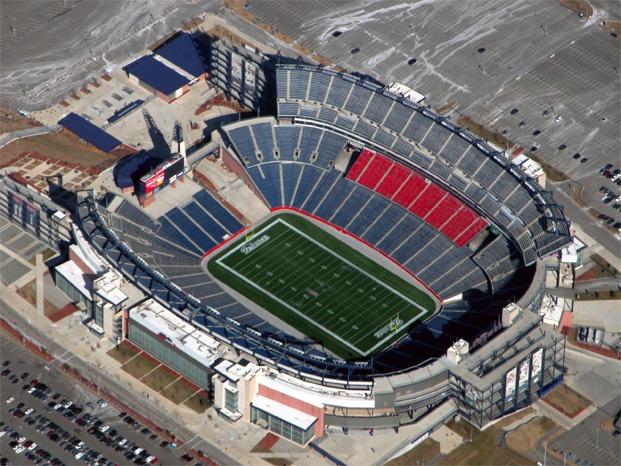
Boston
Boston’s football (soccer) history dates back to the 19th century with the formation of the Oneida Football Club in 1862. They would later play a hybrid game called the “Boston game.” Boston featured the New England Revolution, established in 1996, as one of MLS’s original teams. The city also unveiled the New England Tea Men and Boston Minutemen in the NASL (North American Soccer League) until league folded that led to the MLS’ formation.
Boston proved its capacity to stage major soccer matches at international tournaments like the 1994 FIFA World Cup and the FIFA Women’s World Cups in 1999 and 2003. Boston, as a host city for the 2026 FIFA World Cup, will stage seven matches at GIllette Stadium. This includes five group-stage games, a round-of-32 match, and a quarterfinals match.
An all-female ownership group had secured an NWSL (National Women’s Soccer League) expansion team in Boston, where it will begin play in 2026. The team will play at the White Stadium in Franklin Park.
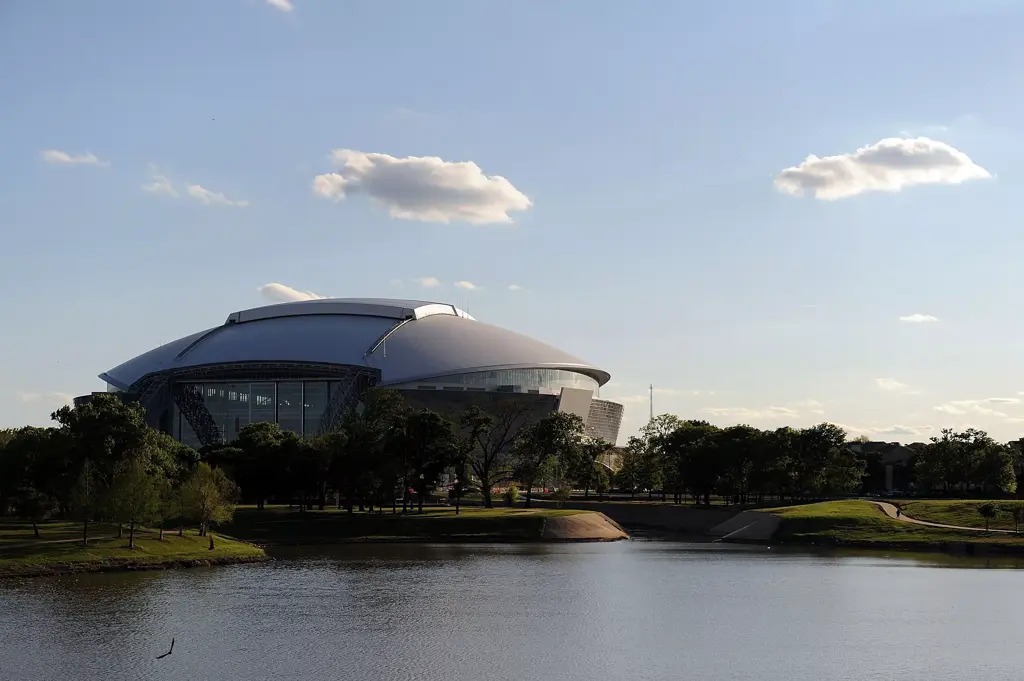
Dallas
Dallas was first thrust into soccer consciousness when it hosted six matches at the 1994 FIFA World Cup at Cotton Bowl, which also staged s classic quarterfinal match between the Netherlands against Brazil.
FC Dallas was founded in 1995 as the Dallas Burn, which currently plays in MLS (Major League Soccer) Western Conference. The club burst into the scene through Lamar Hunt, a sports visionary who took professional soccer to the US.
FC Dallas’ MLS exposure inspired the establishment of the Dallas Tornado, which played in the NASL.
The city also played home to several amateur or professional teams from the Dallas Express and Mean Green, among others.
The city then played host to the Dallas Cup, which was founded by the Texas Longhorns Soccer Club in 1980.
The Dallas Cup was unveiled as an annual youth soccer tournament founded by the Texas Longhorns Soccer Club in 1990.
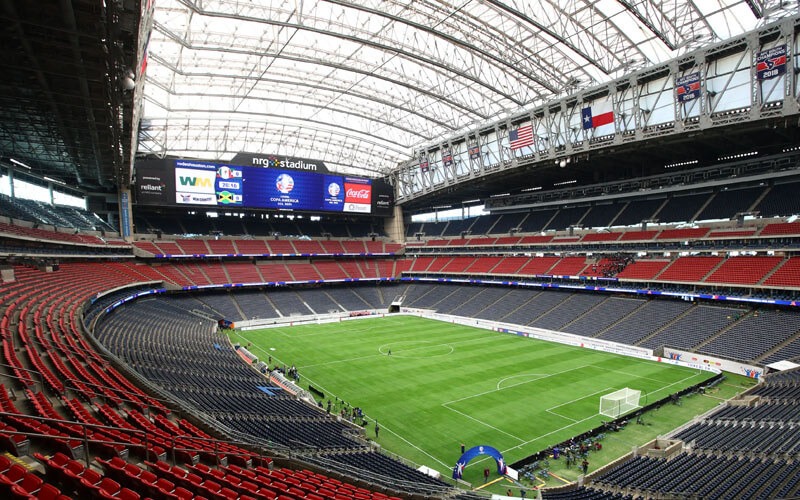
Houston
Houston experienced its first taste of professional soccer with the formation of the Houston Stars, who played their matches at the Astrodome in the United Soccer Association from 1967-68 in their first year before transitioning to the NASL (North American Soccer League) for their second and final season.
The city then saw the establishment of the Houston Hurricane that played in the NASL from 1978-80 and the Houston Summit at the Major Indoor Soccer League.
The Houston Dynamo FC was established in 2005 before the team won consecutive MLS Cups in 2006 and 2007.
Efforts to stage a US vs Mexico friendly in May 2003 was led by Houston Texans Chief Development Officer Steve Patterson. The Texans, incidentally, was seeking to bring an MLS franchise to Houston at the time.
Houston is committed to upgrade facilities at the NRG Stadium from featuring a natural grass field to an expanded pitch area that would meet FIFA standards in time for its hosting a FIFA World Cup 2026 match.
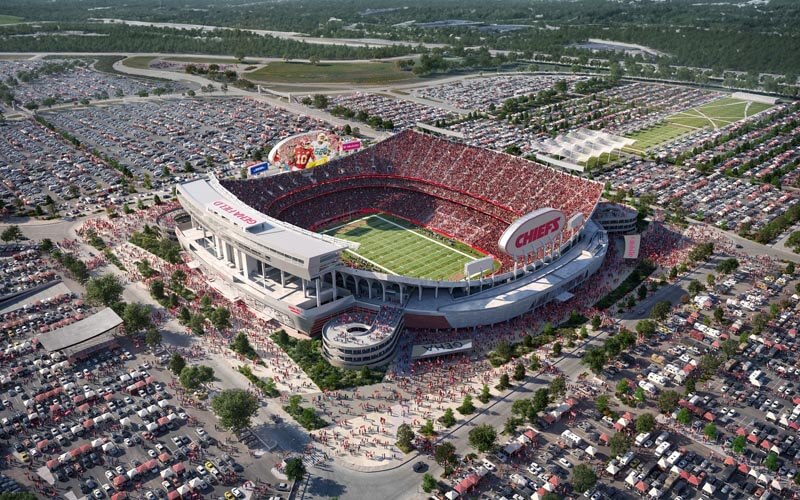
Kansas City
Kansas City’s exposure to soccer date back to the 1960s with the establishment of teams from the Kansas City Spurs and the Kansas City Comets, as these clubs are revered as to laying the groundwork for the city’s long-term ties to the sport.
The Kansas City Spurs played in the NASL from 1968 to 1970, that resulted in the franchise winning the NASL championship in 1969.
The city saw the establishment of the Kansas City Wiz in 1995 and was founded by Lamar Hunt in the same year. It was later renamed as the Kansas City Wizards before being rebranded as Sporting Kansas City in 2010, when it also transferred its new home stadium – Children’s Mercy Park. The team later won the MLS Cup in 2000 and 2013.
CPKC Stadium was opened in 2024 as the first stadium built for a professional women’s soccer team Kansas City Current in the NWSL.
The GEHA Field at Arrowhead Stadium was selected as the venue that will host six FIFA World Cup 2026 matches, including a quarterfinal.
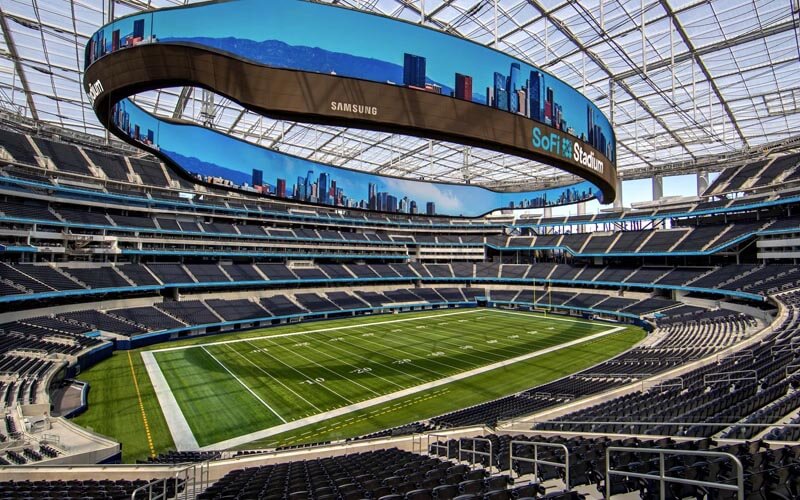
Los Angeles
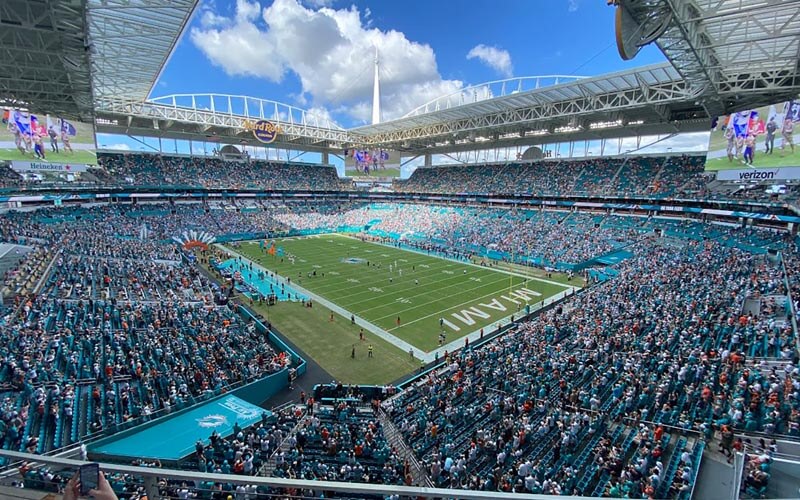
Miami
Miami was initially thrust into soccer consciousness with the establishment of the Miami Gatos and the Miami Toros in the 1970s to lay the groundwork for the city’s long-standing commitment to the sport.
Miami Fusion was established in 1998, the same year it played in the MLS until 2001.
Other Miami-based teams that arose were FC Miami City (2014) in the United Soccer League (USL), Miami FC (2020) in the USL Championship, and Miami Dade FC (2014) in the North American League.
The city sae the formation of Miami United FC in 2012, which made its debut in the Sunshine Conference of the National Premier Soccer League (NPSL) in 2013.
Miami has tapped the Hard Rock Stadium as the venue to host four group-stage games, a Round-of-32 match, a quarterfinal, and a third-place playoff at the FIFA World Cup 2026.
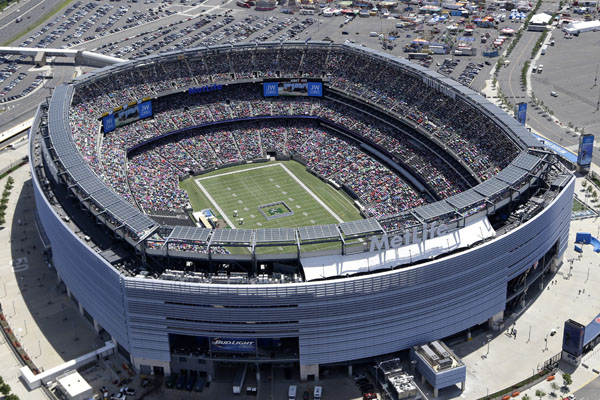
New York / New Jersey
New York and New Jersey’s soccer histories date back to the Rutgers-Princeton matchup in 1869 at New Brunswick, New Jersey. That was the first recorded American soccer game in the area.
The New York Cosmos was thrust into the spotlight with a team led by a young Pele in the NASL (North American Soccer League) in the 1970s before they won the NASL Soccer Bowl five times.
New Jersey received its share of soccer exposure when it hosted the 1994 FIFA World Cup, featuring seven matches at Giants Stadium.
New York and New Jersey have combined several major soccer events ranging from the 2016 Copa America Centenario final to the 2024 Copa America matches at MetLife Stadium.
The US has named the MetLife Stadium in East Rutherford, New Jersey, to host the FIFA World Cup 2026 final on July 19, 2026.
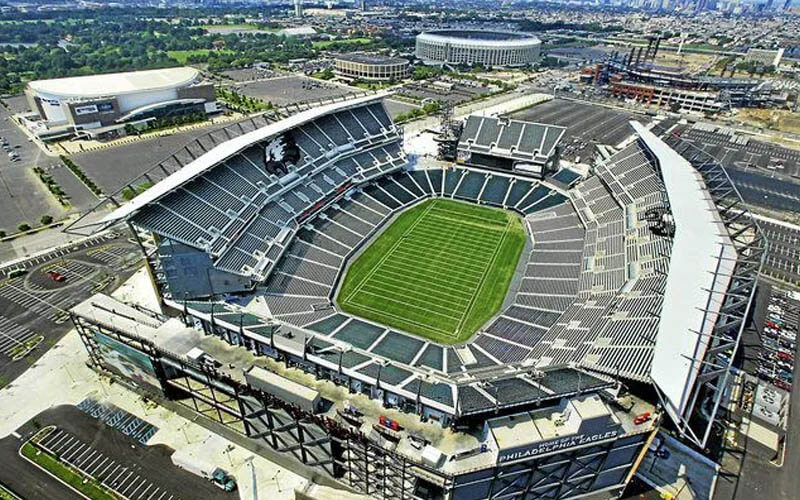
Philiadelphia
Philadelphia’s soccer history dates back to the 19th century, when the Pennsylvania Association Football Union (PAFU) was formed in 1889.
It took several decades before the Philadelphia Union was established in 2008 and led to it joining Major League Soccer, with their matches played at Subaru Park.
Philadelphia also played host to the Philadelphia Atoms and Philadelphia Fury in the NASL (North American Soccer League) and the Philadelphia Fever in the MISL.
Philadelphia showed its capability to host major soccer events through the Lincoln Memorial Field staging the 2003 FIFA Women’s World Cup, CONCACAF Gold Cup Games, and several international club friendlies.
The city has partnered with the US Soccer Foundation through Philadelphia Soccer 2026, which seeks to invest USD2 million in youth soccer projects that would lead to 26 soccer-related initiatives across the city.
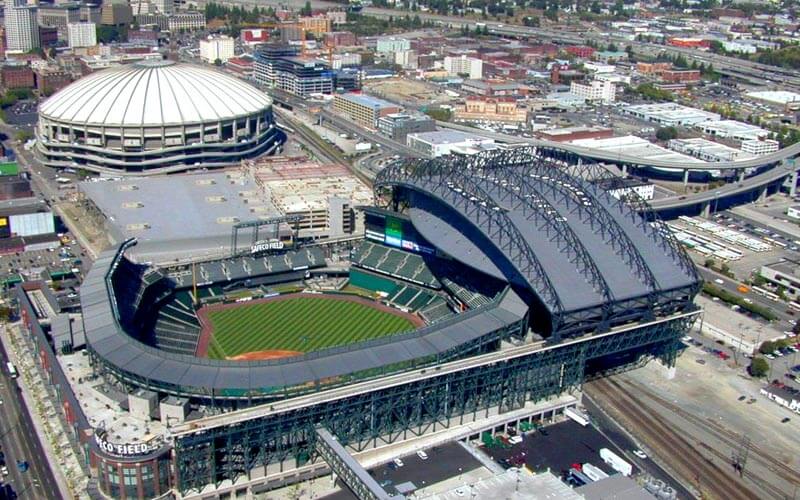
Seattle
Seattle first burst into soccer consciousness during the 1970s with the establishment of the Seattle Sounders, who was initially known as the Original Sounders from 1974 to 1983 in the NASL (North American Soccer League).
The Sounders then became the Seattle Sounders that played in the United Soccer League and later the A-League in the 1990s until the early 2000s.
Seattle was handed a franchise in Major League Soccer (MLS), which the city used to field the Seattle Sounders FC.
The city established Seattle Reign FC in 2013 as a founding member of the NWSL (National Women’s Soccer League).
Lumen Field was tapped by the Seattle city government to host six matches for the FIFA World Cup 2026, including four group-stage games and two knockout matches.
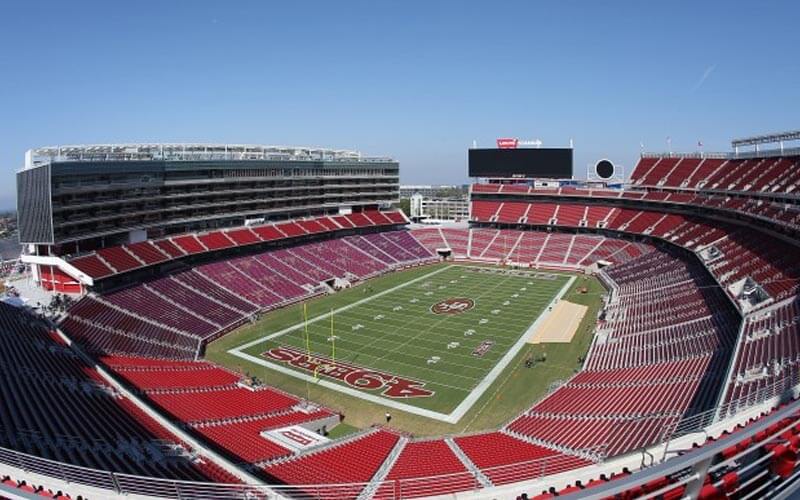
San Francisco
San Francisco’s rich soccer history dates back to 1902 with the establishment of the San Francisco Soccer Football League (SFSFL), also known as the oldest active operating soccer league in the United States.
The Bay Area experienced professional soccer in 1967 through the formation of the United Soccer Association (USA) and the National Professional Soccer League (NPSL).
The Bay Area experienced a renaissance of pro soccer when the San Jose Earthquakes became a charter team in Major League Soccer (MLS) in 1996.
San Francisco became host of several major football tournaments from the 1994 FIFA World Cup, 1999 FIFA Women’s World Cup, 2016 Copa America Centenario, and the 2017 CONCACAF Gold Cup.
The establishment of Bay FC signalled the city’s representative as a National Women’s Soccer League team in 2024.
San Francisco will host six FIFA World Cup 2026 matches at Levi’s Stadium in Santa Clara, including five group-stage games and one Round-of-32 match.


